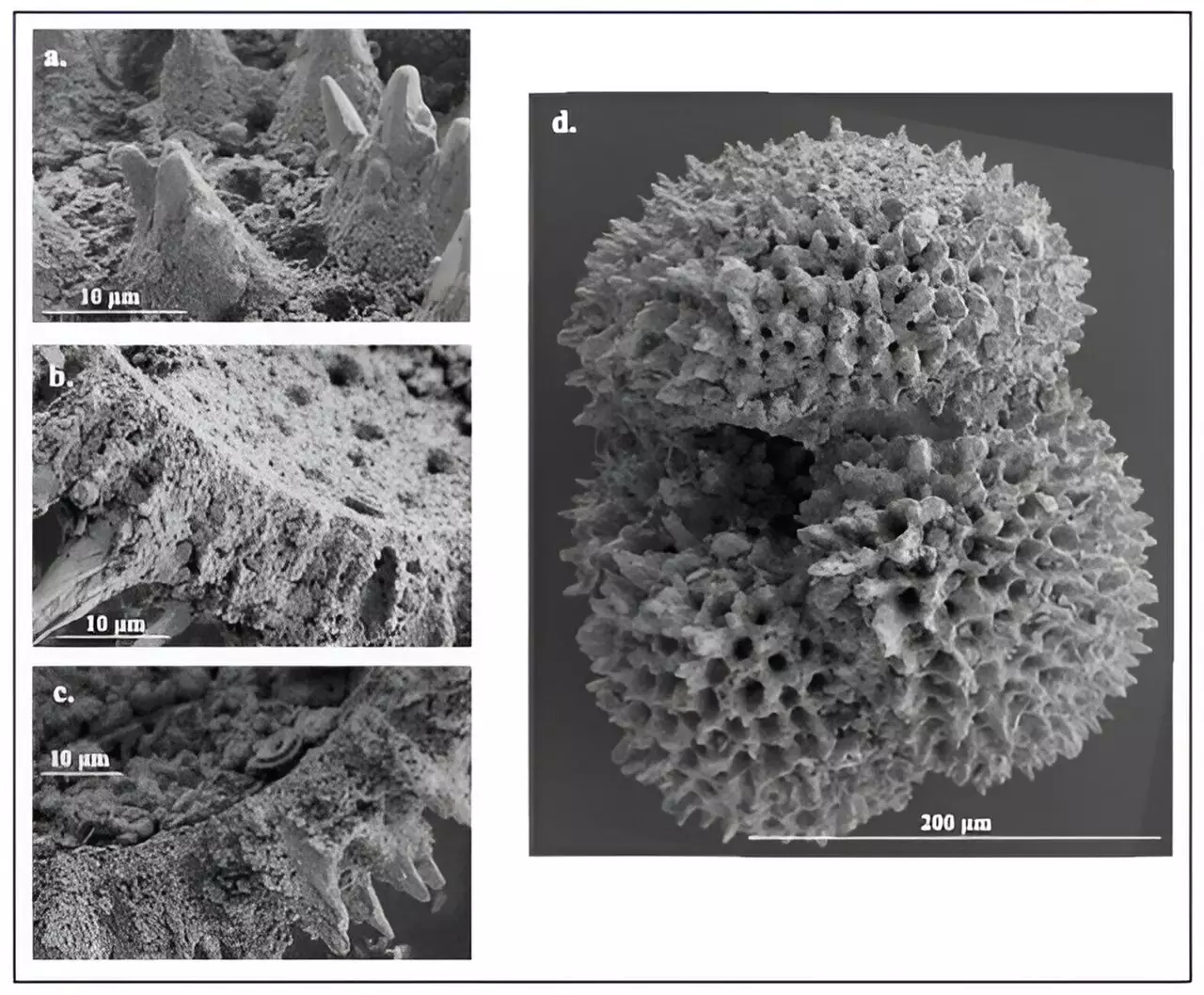Between 59 and 51 million years ago, Earth underwent significant climatic changes, notably during the transition from the Paleocene to the Eocene epochs. This era saw remarkable warming, driven largely by the release of substantial amounts of carbon dioxide (CO2) and other greenhouse gases into the atmosphere. These shifts were unique in their blend of gradual increases in temperature and sudden spikes called hyperthermals. Researchers from the University of Utah have intensified attention on this pivotal period to draw parallels with contemporary climate challenges, utilizing ancient data to shed light on current trends.
The research highlights that these prehistoric warm periods, notably the Paleocene-Eocene Thermal Maximum (PETM) and Eocene Thermal Maximum 2 (ETM-2), could serve as benchmarks for understanding anthropogenic climate change today. With current CO2 emissions occurring at a rate 4 to 10 times faster than those observed during these ancient events, the implications for our environment are profound. Mustering insights from the geologic past may very well inform our efforts to avert a global crisis.
The University of Utah team employed an innovative methodology to connect sea surface temperatures with atmospheric CO2 levels during these epochs. By analyzing fossilized microorganisms, specifically foraminifera, scientists reconstructed historical temperatures and CO2 concentrations over millions of years. This geological research relied on drilled cores from the Pacific Ocean, providing a snapshot of ancient climatic conditions through these microscopic organisms’ calcified shells.
Interestingly, findings revealed a consistent relationship between rising CO2 levels and increasing global temperatures, regardless of the source of carbon emissions. This consistency underscores a vital point: climate sensitivity appears universal across different events in Earth’s history. Although there may be subtle variations—such as a lower climate sensitivity associated with prolonged CO2 changes—the overall trend indicates a looming risk as human activities continue to impact the climate at unprecedented rates.
While the primary focus of recent studies has been on greenhouse gas emissions, other geological processes, including tectonic activity, might have contributed to climate changes during the Paleocene-Eocene transition. Volcanic eruptions can release enormous volumes of CO2, prompting questions about how varied sources of atmospheric carbon interact with ecosystems. This multi-faceted perspective helps paint a more complex picture of climatic shifts and provides additional contexts for current events.
By looking at both predictable and unexpected pathways of climate change, researchers can better predict how modern ecosystems will respond to similar stresses. Given that ancient analogs may not replicate the exact conditions we face today, scientists are cautious yet hopeful that existing data will enable improved models of climate prediction.
To deepen the understanding of CO2’s historical effects, the study predominantly assessed the chemical signatures found in the fossilized foraminifera from the undersea deposits of the Shatsky Rise. These microscopic organisms gather and store specific chemical markers, such as boron isotopes, which are reflective of past seawater chemistry. Researchers used modern analytical techniques to translate these ancient records into estimates of atmospheric CO2 levels, setting a foundational layer for the climate models of the future.
The uniqueness of the Shatsky Rise site provides a crucial opportunity for scholars to analyze sediment layers that remained relatively undisturbed and devoid of continental influence. This lack of sedimentation allows for clearer signals regarding ancient sea surface conditions, crucially informing researchers about the long-term shifts preceding current climatic changes.
By leveraging insights from the PETM and ETM-2, scientists hope to better anticipate the environmental transformations that could unfold as a result of our ongoing carbon emissions. Understanding these past events may serve as a mid- to worst-case scenario framework, guiding policymakers and climate scientists in crafting more informed responses to modern climate challenges.
As we grapple with the consequences of our actions on a planetary scale, turning to the fossil records of our past offers a stark warning. Our current trajectory may lead to unprecedented environmental changes, warranting immediate action and rigorous study. Researchers are advocating for a thorough investigation into the findings from these ancient hyperthermal events, relying on geological history to inform future climate policies and practices.
The intimate connection between past and present underscores the urgency to heed Earth’s historical climatic patterns. If we hope to shape a sustainable future, understanding the implications of our present actions through the lens of ancient climate events must take center stage in the scientific discourse.


Leave a Reply